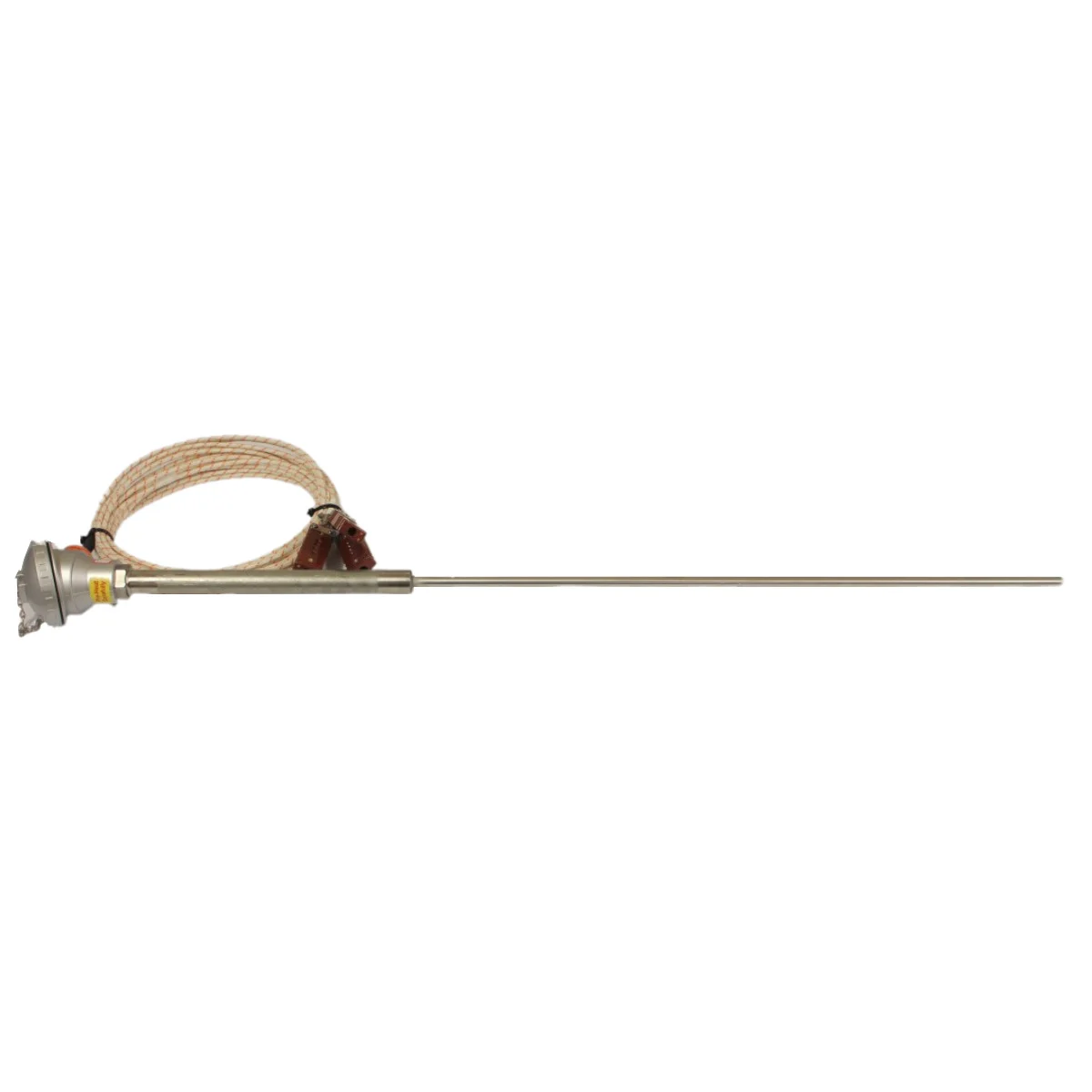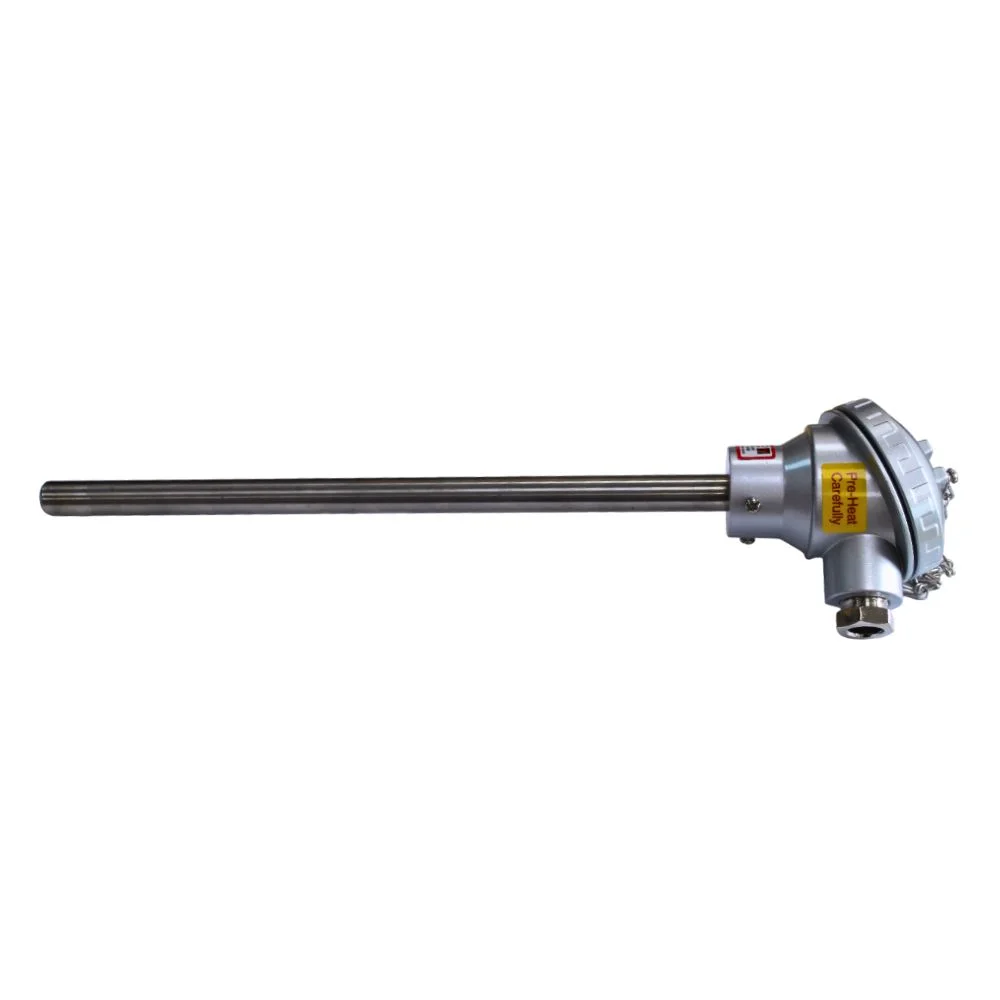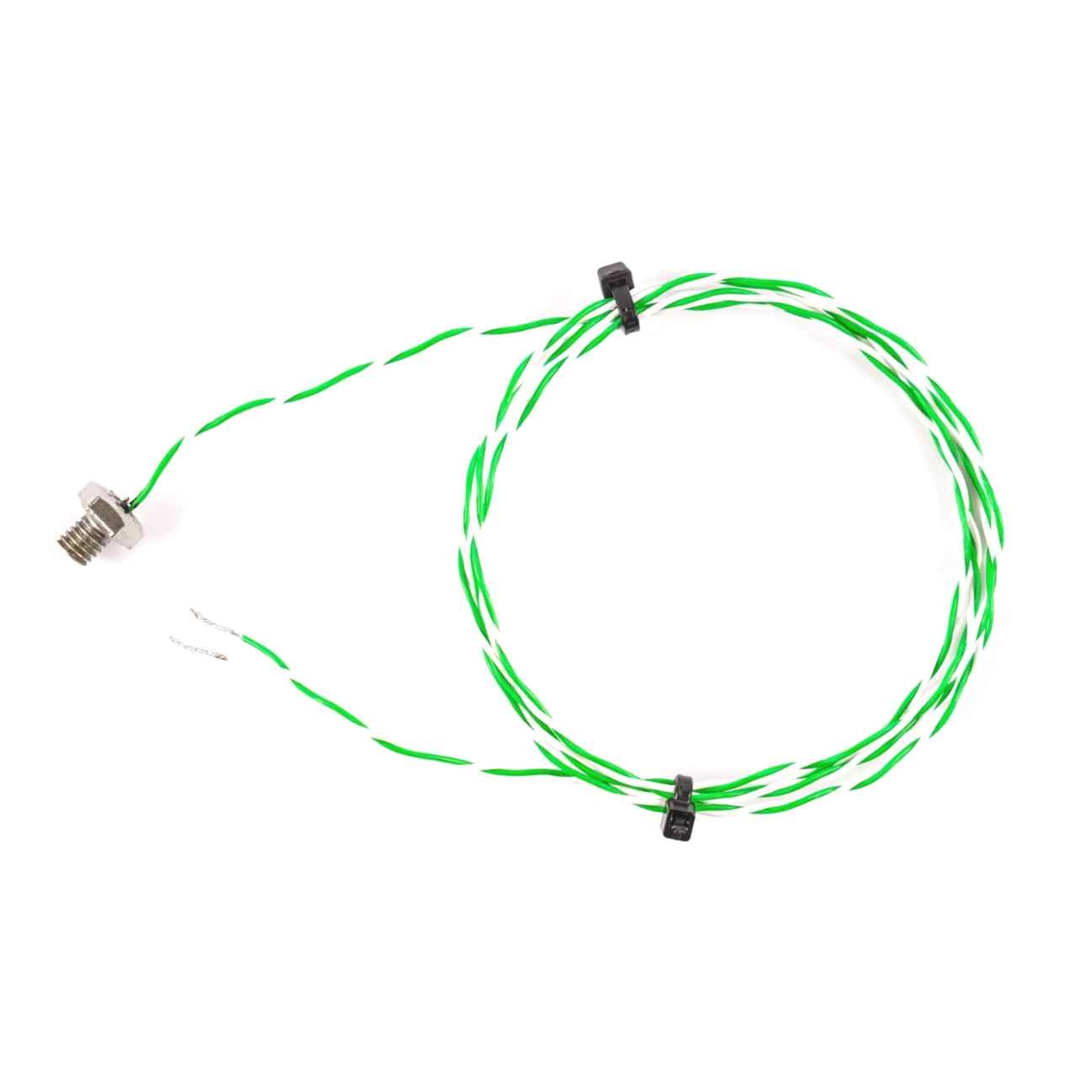What is a Temperature Sensor & What Types Are There?
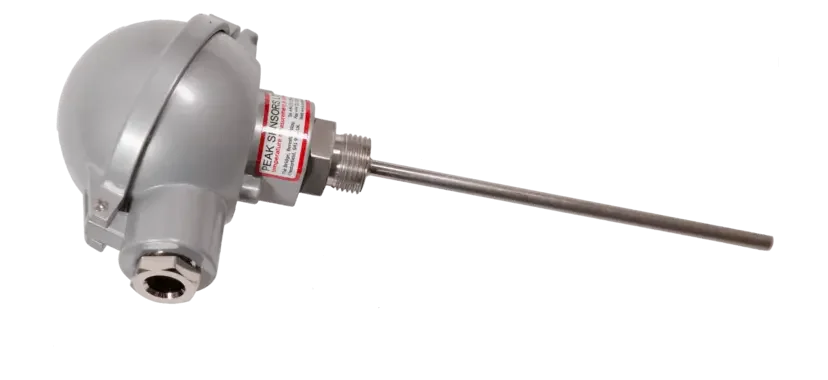
Introduction
Do you want to know what a temperature sensor is, how it works and what types there are? Then you are on the right spot, we have answered all those questions and many more for you.
Enjoy your reading!
What is a temperature sensor?
A temperature sensor is a device which is used to detect and measure the coolness or the hotness (temperature) of an object. This can be the temperature of a liquid, air temperature or a solid object.
What Is The Most Common Type Of Temperature Sensor?
The most common type of temperature sensor is the thermistor. Thermistors are widely used in various applications due to their affordability, decent accuracy, and sensitivity. They are commonly found in consumer electronics, automotive systems, medical devices, and home appliances.
Types of temperature sensors
There are different types of “contact” temperature sensors which are available on the market. The main difference in their types comes from the technologies and principles used to take the temperature measurement.
Thermistors
The first type of temperature sensors are “Thermistors“. Usually, they are tiny, inexpensive and comprise sensing elements which can be epoxy or glass coated and usually have two wires connected to an electric circuit. The way by which they measure temperature is by measuring the change in resistance of the electric circuit. Thermistors are divided in two types:
- PTC – ‘’Positive Temperature Coefficient” which has more resistance at higher temperatures.
- NTC – “Negative Temperature Coefficient” which has less resistance at higher temperatures.
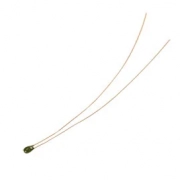
RTDs (Resistance Temperature Detectors)
RTDs or Resistance Temperature Detectors work in a similar way to Thermistors. They need to measure resistance to determine temperature. They are also connected to a circuit in a similar way, however, they have a wider temperature range, making them more versatile and used in more applications. Since RTDs work at much lower resistances than thermistors they often have three or four connection wires to allow for lead resistance.
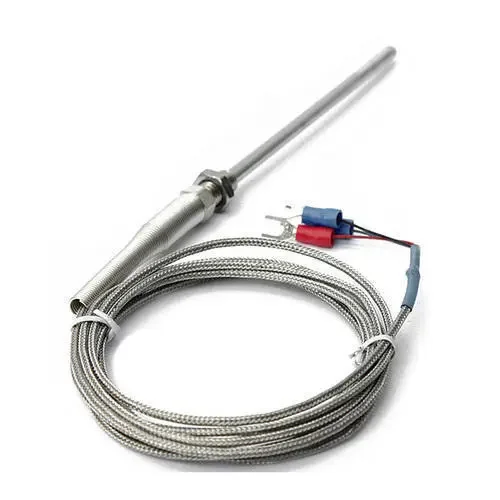
Thermocouples
Lastly, thermocouples are made of two conductors which are made of different materials, which form a junction by being joined together. When the junction is subjected to heat, a voltage is produced that is related to the temperature input. Thermocouples are very versatile due to the fact that a number of metal combinations can be used, allowing for different measurement ranges.
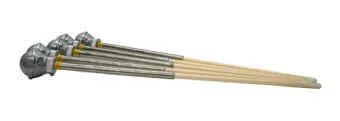
Non-contact temperature sensor
Apart from the “contact” sensors, there are also “non-contact”.
Infrared sensors
Infrared temperature sensors are used to determine the temperature from a distance, without contact, by measuring the thermal radiation emitted by the heat source. The applications for these are often in hazardous environments or high temperatures where you need to maintain a safe distance away from the object. Infrared sensors are mostly used in the following circumstances:
- Fever detection
- Moving Object (object on a conveyor belt)
- Dangerous surrounding environment (high-voltage)
- Extremely high temperatures
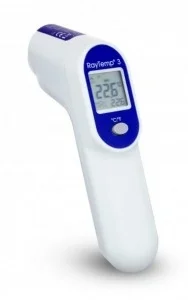
Where are temperature sensors used?
Temperature sensors have numerous practical applications both for consumer and commercial needs. Below we have provided some applications.
Home applications
In our homes, temperature sensors can be found in most electrical appliances, such as freezers, and fridges to maintain cold temperatures. Sensors can also be found in air-cons, heaters and ovens to ensure the required heat level for cooking.
Medical applications
The most common application is within a thermometer to accurately and quickly measure the temperature of patients. Temperature sensors can actually be used for a variety of medical products, including MRI imaging equipment and ultrasound scanners.
Renewable energy
In the renewable energy industry, energy sources depend on temperature sensors for effective energy production. Temperature sensors can be used in wind power turbines, heating pumps, biomass combustions and many more.
Glass manufacturing
In the glass industry, temperature measurement is of paramount importance, for the optimisation and regulation of the production process. Due to the very high-quality requirements in this industry, close monitoring of glass temperatures as well as the machinery being used is essential.
Vehicles
In vehicles, there is a temperature sensor in the radiator. This is vital due to the fact that it warns you when the water in the engines is getting too hot, leading to engine failure. Another application in vehicles is climate control.
How Do Temperature Sensors Work In Industrial Applications?
In industrial settings, temperature sensors play a crucial role in ensuring process control, product quality, and equipment safety. These sensors work by detecting changes in temperature and converting them into electrical signals that can be read, monitored, and analysed by a control system. The most common types used in industry are thermocouples and resistance temperature detectors (RTDs), both valued for their accuracy, durability, and wide temperature ranges.
Thermocouples generate a voltage when two dissimilar metals experience a temperature difference, making them ideal for high-temperature environments such as furnaces, kilns, and power plants. RTDs, on the other hand, operate by measuring the change in electrical resistance of a metal — typically platinum — as temperature varies, offering excellent precision and stability in laboratory and process applications.
Many modern industrial systems now integrate smart temperature sensors with IoT connectivity, enabling continuous data collection, remote monitoring, and predictive maintenance. This helps reduce downtime, improve energy efficiency, and enhance operational safety.
At Peak Sensors, we design and manufacture custom industrial temperature sensors that perform reliably in extreme conditions — from food processing and pharmaceuticals to steelmaking and petrochemicals. Our expertise ensures every sensor delivers consistent accuracy, robust performance, and long service life across critical industrial processes.
What Are The Latest Advancements In Temperature Sensing Technology?
Temperature sensing technology is evolving rapidly, driven by innovation in materials, connectivity, and precision engineering. Modern temperature sensors are now more accurate, energy-efficient, and adaptable than ever before. One of the biggest advancements is the rise of flexible and wearable temperature sensors, which use thin-film materials and conductive polymers to provide precise measurements on curved or mobile surfaces — ideal for medical devices, industrial automation, and environmental monitoring.
Another key development is the growth of non-contact and optical temperature sensors, such as infrared and fibre-optic systems, which deliver reliable measurements in high-temperature or hard-to-reach environments. At the same time, smart temperature sensors equipped with IoT connectivity allow real-time monitoring, predictive maintenance, and seamless integration with digital control systems.
Advances in miniaturisation and sensor calibration have also improved performance and response times, ensuring greater stability and repeatability in demanding conditions. For manufacturers and engineers, these breakthroughs mean improved process control, product quality, and energy efficiency.
At Peak Sensors, we continue to embrace these innovations, designing and supplying custom temperature sensors that combine proven thermocouple and RTD technology with the latest sensing materials and digital integration — helping industries measure temperature more accurately, efficiently, and intelligently.
Conclusion
A temperature sensor is a device used to detect and measure the temperature of an object. There are several temperature sensor types such as: thermistors, RTDs, temperature probes and thermocouples. These are examples of “contact” sensors. On the other hand, there are “non-contact” sensors such as the infrared sensors.
Temperature sensors are used in a vast array of applications. For example, they can be seen in home appliances, medical appliances, oil mining, renewable energy, glass manufacturing, vehicles and many more.
View our temperature sensors
If you want to order a temperature sensor or you are unsure exactly what you need, get in touch and we can help you.

